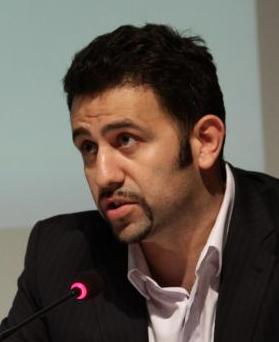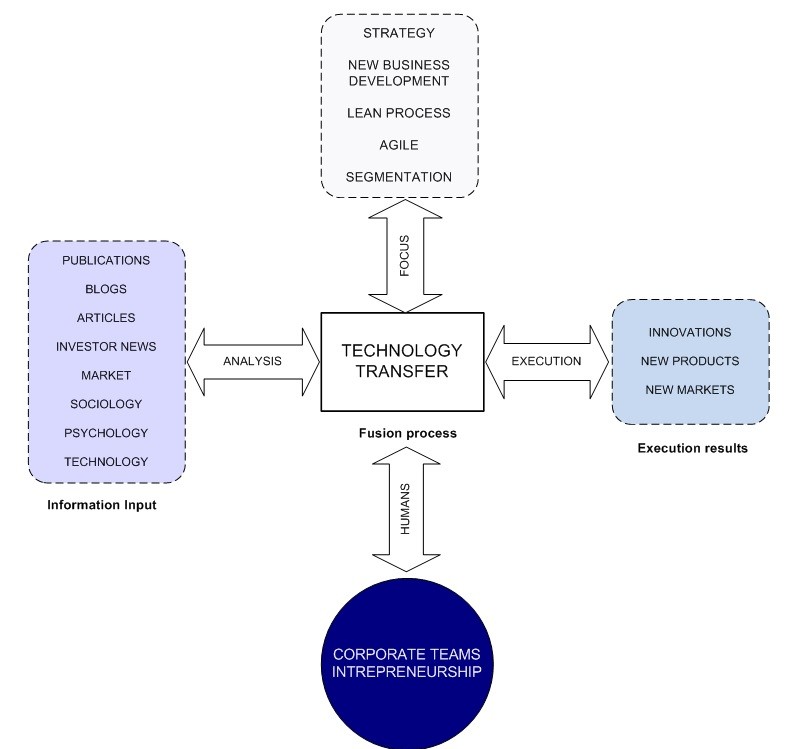I recently read about Stanford’s SystemX, a way to create innovations and new products by linking University research and procedures with the real industry.
SystemX is organized around six focus areas. In each area, faculty and graduate students work with companies to explore ambitious innovations.
“This helps companies more easily identify Stanford faculty who are working on topics of interest,” Wong said. “That process used to happen by word of mouth, but SystemX formalizes the process of pairing companies with researchers.”
One of the big advantages of the US University system is the strong link with the industry and the local ecosystems, especially in the Bay Area, where SV companies arise every day. Other emerging Uni-Market ecosytems in US are in Austin TX, Boston MA, NYC NY and Seattle (…and more)
However, converting research into innovative product development is not an easy thing to do (I did that and its tough). Converting a PhD or a research output paper into a product, means that you also need to solve a problem in the market (apart from the product development), or at least predict the need and manipulate the solution behind science as a along-term approach.
The secret of what we call Technology Transfer is the word: correlation or combination. You need to combine the applied research outputs with the current technological level, identify that your execution is feasible and viable and check at the same time society’s maturity (for adoption) and timing (for scaling).
For me, the ability to identify recurring needs, combine and correlate various parts of technology and map them on the business and time dimensions, is the secret of modern entrepreneurship and innovation. All you need to do is to analyze and predict the market to be disrupted (timing).
But because the majority of the applied research and scientific work is being done in Universities or Research Institutes, this is where Technology Transfer Offices (TTO) enter into the model. TTOs help University students/researchers or Uni-be entrepreneurs that have good ideas during their University years, to approach the market and commercialize their idea or even produce IP (patents). The majority of them do not know the “lean startup model”, they have never written any business plans, sold products or services and never pitched to investors or potential clients (leads). Of course this is not their primary job; their actual job is to produce high quality research and publications (researchers) but if they have the ability to understand “basic business” the probability of achieving something or becoming entrepreneurs is even higher. One difficult thing to do is to actually understand the basic value proposition of a research output and optimally match it with a business opportunity or predict this opportunity. This is tough and you need to be very well connected with the market and at the same time understand applied science.
Based on my experience, the key steps towards a successful TTO service (either in the Uni or as outsourced service to Research Institutes) are the following:
- Identify and map research papers or research outputs with market sectors and cluster them into business categories (ie. Analytics, Medical imaging, etc)
- Evaluate the innovation potential of these results and outputs (using the G/Score or other innovation assessment methods)
- Evaluate the business impact of the research outputs (tough !)
- Evaluate the technology potential and the ability to become prototype under the current technological status
- Optimally map these filtered and clustered research results with a problem of the market or the society and identify the execution potential (toughest !)
- Check society’s adaption rate (behavioral metrics, psychometrics, adoption criteria and social norms) and correct timing
- Map results and filtered research outputs from above with a good team to deploy and execute
- Move on with all initial business procedures (prototype, lean, customer feedback, etc)
- Apply Google Sprint method for product optimization
- In all the above, you need to have smart guys to execute all these steps…really hard to find; if these guys are Profs, even better as they can act also as angel investors (optimal model)
The above steps are difficult but necessary for a research-to-product transition. When this procedure is being followed by companies or big corporations (either using internal R&D or/and Open Innovation and external filtered sources) this is where the Chief Innovation Officer comes in with his “intrapreneurial” team and the most difficult part is to align corporate strategy, time and funding criteria/go-to-market.
To conclude, TTO services is another mutli-variable optimization problem that a human (CIO or researcher/entrepreneur/TTO) has to solve. And if this gifted guy can also predict these trends and guide applied research towards solutions and products, then we are talking about a “Futurologist”…my favorite ! 😉
 v.n.
v.n.